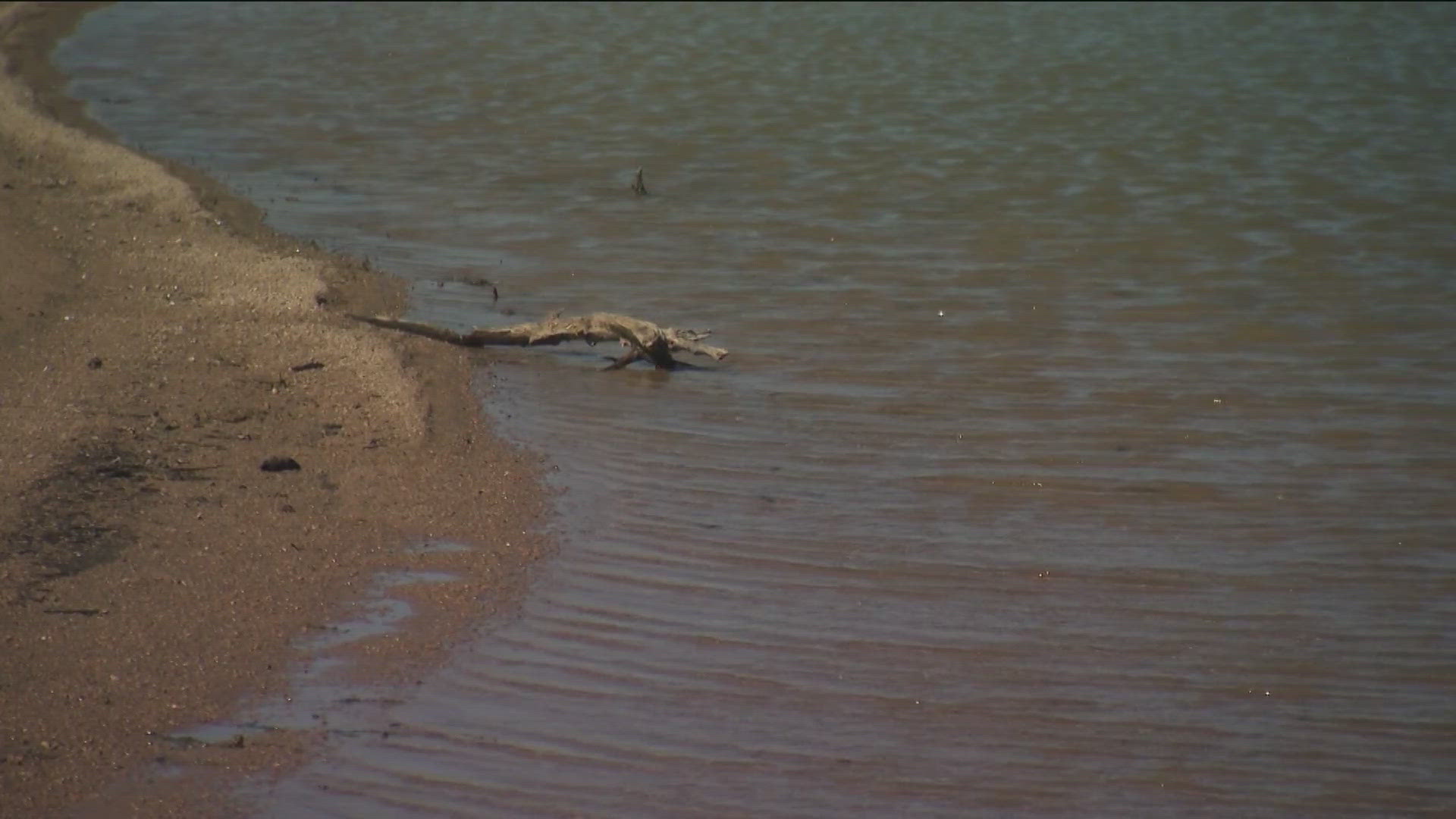AUSTIN, Texas — As the Austin area endures the hottest week of the year so far, the Lower Colorado River Authority (LCRA) has released a new way it tracks evaporation, the biggest cause of water loss from the Highland Lakes.
LCRA leaders said every year, the Highland Lakes lose between 150,000 to 200,000 acre feet of water to evaporation. To put that in perspective, Lake Austin holds about 24,600 acre feet of water. That’s equivalent to losing six to eight Lake Austins every year.
At the Water Operations Committee Meeting on Tuesday, LCRA’s Vice President of Water Resources Monica Masters unveiled a new method to track reservoir evaporation rates. It’s called the Daily Lake Evaporation Model, or DLEM, and is more accurate because it considers wind speed and direction, which are major drivers of daily evaporation.
The old method, called Pan Evaporation, looks at rainfall, temperature and humidity and is land-based. It doesn’t sit on the water like the DLEM.
The LCRA wants to deploy the new technology on Lake Buchanan in 2025 or 2026.
The new evaporation tracking method came out of a years-long study with Texas A&M University, the Texas Water Development Board and other institutions and agencies. Masters said that study produced a more accurate look at water loss.
“The analysis indicates the average evaporation rate has increased across Texas at a rate of 0.11 inches per year or 1.1 inches per decade,” Masters said.
Masters said this project recently received a grant to deploy the upgraded evaporation monitors to more Texas lakes.
Accurate evaporation rates play a key role for water managers because reservoirs supply water to cities. They also supply water for agricultural and industrial needs.
LCRA Executive Vice President of Water John Hofmann also provided basin updates. He said recent rains in the past couple of months increased water flow into the two water supply reservoirs, Lakes Travis and Buchanan, and brought the combined storage levels of both lakes to 57%. It was at 42% full at the beginning of May. Hofmann pointed out that the rainfall and burst of cooler temperatures also decreased water demand and evaporation.
In early June, the LCRA moved to Stage 1 from Stage 2 in its new Drought Contingency Plan, which includes lower triggers to each stage. Hofmann said thanks to fuller lake levels, we could stay in Stage 1 through early next year.
But he warned that in August, water demand is back up as temperatures sour into the triple digits. And despite the Drought Monitor showing a large swath of Texas with no drought status, Hofmann said that's only representative of soil moisture and not indicative of what is in the reservoirs.
"We got good benefit to the basin, but the drought is not over," he said. "We are better off this time a year ago, but we are not out of the woods."

